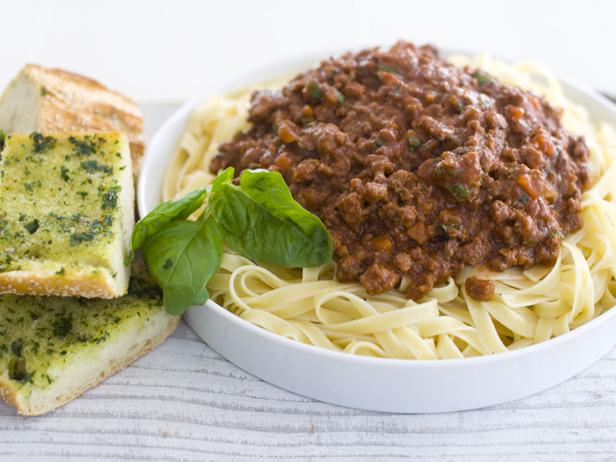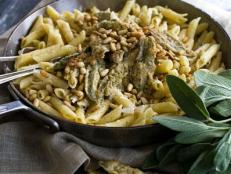Wild Boar — Off the Beaten Aisle

Wild boar: a tasty way to do a good deed.
It’s true — across at least 39 states there are an estimated four million feral pigs and wild boars (they are close relatives and prone to interbreeding) roaming about.
And they are laying ruin to vast acres of land. The problem with wild pigs is they are voracious eaters — shocking, I know — and destroy natural ecosystems.
There is no one solution, but eating them certainly helps. It’s what I like to call taking a bite out of swine.
Bad pig puns aside, people throughout Europe and Asia have been eating feral oinkers for years. Italians are particularly fond of them, turning them into all manner of salumi.
Now Americans are starting to catch on. Feral pig is showing up on more restaurant menus, especially in the South, the epicenter of the problem.
And a growing number of specialty meat stores have started stocking it, too. Though you can find chops and loins, ground is the most common variety.
Wild boar has an assertive flavor, somewhere between pork and venison. It takes well to marinades and pairs wonderfully with cooked fruit and nuts.
The basic guideline: Use it in boldly flavored dishes just as you would pork and venison. The point isn’t to mask the flavor, but to pair it with ingredients that don’t get smothered by it.
Where to begin? Try it in this simple ragu over fettuccine. Leftover sauce would be delicious in a lasagna, a classic use of boar in Italy.
In a large saucepan over medium-high heat, heat the olive oil. Add the onion, carrot, celery and garlic. Sauté for 6 minutes, or until the onion is translucent.
Add the boar and cook until browned, about 8 to 10 minutes. Add the wine and cook, scraping the pan, until the wine has mostly evaporated.
Add the tomato sauce and paste. Bring to a simmer and cook for 10 minutes.
Meanwhile, bring a large saucepan of salted water to a boil. Add the fettuccine and cook according to package directions.
When the pasta is done, stir ¼ cup of its cooking water into the sauce. Drain the pasta and transfer to a serving bowl.
Stir the basil and oregano into the ragu, then season with salt and pepper. Ladle it over the pasta. Top with Parmesan cheese, if desired.
J.M. Hirsch is the national food editor for The Associated Press. He is the author of the recent cookbook High Flavor, Low Labor: Reinventing Weeknight Cooking . He also blogs at LunchBoxBlues.com.
































